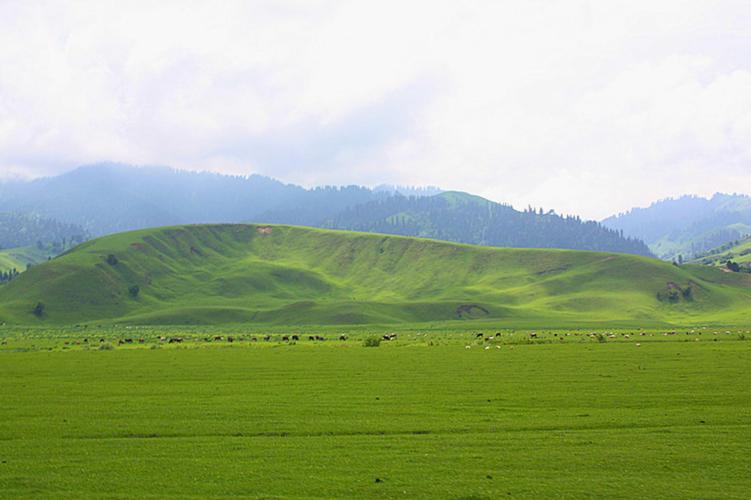The Future of Environmental Conservation with Geospatial Technology
Geospatial technology is an emerging field that has the potential to shape the future of environmental conservation. It refers to the use of technology to collect, measure, analyze, and manage spatial data. The technology is particularly useful in conservation efforts because it enables better decision-making, planning and management of natural resources.
In recent years, geospatial technology has been increasingly employed in environmental conservation projects, from monitoring deforestation to tracking wildlife populations. This trend is expected to continue, and there are several reasons why.
First, geospatial technology provides a more comprehensive understanding of the environment. With the help of satellite imagery and aerial surveys, ecologists can gain a more complete picture of an ecosystem. This data can guide conservation decisions, such as identifying areas to protect or to restore, or determining which species need more attention.
Second, geospatial technology allows for the creation of detailed and accurate maps. Maps are crucial in conservation efforts as they provide a visual representation of the environment and its features such as rivers, forests, and habitats. This information can be used to assess and monitor changes in conservation areas over time.
Third, geospatial technology can support collaboration and information sharing. It enables experts from different fields such as ecologists, foresters, and wildlife biologists to work together and share data in real-time. This collaboration can lead to improved conservation management decisions and greater success in environmental conservation efforts.
Another aspect of geospatial technology that is already having an impact on environmental conservation is citizen science. Today, anyone with a smartphone can contribute to conservation efforts through geospatial-based citizen science programs. These programs allow volunteers to collect and submit data about the environment. This data is then used to make conservation decisions and inform policies.
Despite the potential of geospatial technology in environmental conservation, challenges remain in adopting this technology at scale. One of the biggest challenges is the cost of these technologies. While the cost of these technologies has fallen significantly in recent years, it may still be challenging to implement them in conservation projects with limited budgets. Another challenge is the lack of capacity and expertise in geospatial technology among conservation professionals.
In conclusion, the future of environmental conservation with geospatial technology is promising. Its ability to provide comprehensive data, create accurate maps, support collaboration and information sharing, and involve citizen science means it is becoming an essential tool in conservation efforts. However, as with any new technology, challenges exist that require attention to achieve its full potential. Conservation professionals must continue to invest in the technology while collaborating with other experts, policymakers, and communities to maximize the impact of geospatial conservation efforts.
(Note: Do you have knowledge or insights to share? Unlock new opportunities and expand your reach by joining our authors team. Click Registration to join us and share your expertise with our readers.)
